by Kimberly Hill
The concept of ventilation seems very simple. What could be more simple than the process of letting fresh air into a room, or allowing air to leave a certain area to release excess moisture? As surprising as it is, there is a lot more to the process of ventilation, and ventilation can be achieved in many ways.
Are all of these ways perfectly equal?
Absolutely not. There are different types of ventilation that not only go through different processes to accomplish the state of ventilation, but are also suitable for ventilating certain areas. If you think that all ventilation is the same, or that there are no clear differences between the many types of ventilation, you are selling yourself short in the different methods of ventilation. You could be utilizing one form of ventilation for one structure that might be far from optimal while another method of ventilation that is more optimal could be right at your fingertips.
Contents
Familiarize yourself with the different types of ventilation, or pay the price in money, time, or effort. Before exploring these types of ventilation, it is important to understand why ventilation is necessary. Knowing this will allow you to accomplish a much greater understanding of the types of ventilation at large.
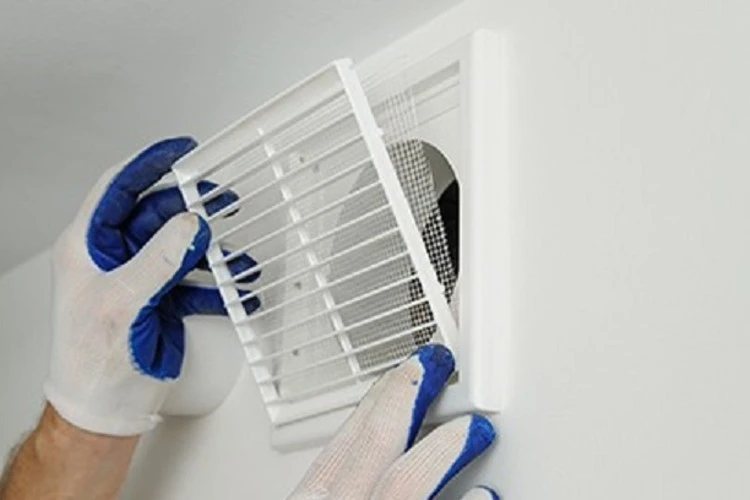
Have you ever found it difficult to breathe properly somewhere, like there was a clear lack of air in the room? Have you ever walked into a place or vehicle and complained that it was “stuffy?” Lack of proper ventilation is one of the reasons why this is. You will immediately tell if the place you are in lacks ventilation. It will feel difficult to breathe properly inside one of these places, and lack of ventilation is the main reason why this is. You won’t be gasping for air, but you will definitely feel like there is a lot less air at the same time. This is also why places with a severe lack of ventilation will feel “stuffy.” It is because the place either contains a lot of unfiltered air that needs to escape, or it does not contain enough air in the first place.
In both cases, ventilation is necessary. Lack of ventilation can create some serious problems in the long term. It can cause mold to grow on certain things and it can also cause things to rot. This is another reason why consistent, optimal ventilation is necessary. Now that you know why ventilation is necessary, it is time to explore different types and methods of ventilation. Each of these types and methods of ventilation are suitable for different places, and this will be mentioned as each type is analyzed and explored.
Do not forget that the concept of ventilation is to either let fresh air enter a room or to allow polluted air out of a room. Many confuse ventilation with circulation, and these two are not the same thing. When air is circulated, it is used to either provide cooling or heating and not much else. One of the reasons why a room can lose ventilation is because polluted air is circulating in it. This is especially true if the room is very small. Keep this observation in mind as the following four types of ventilation are explored and analyzed.
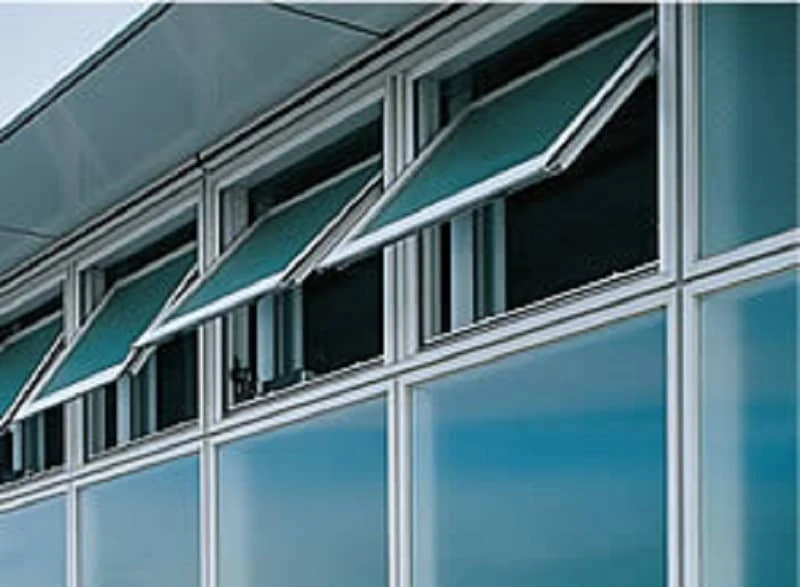
The cheapest and simplest form of ventilation is wind ventilation. This is when you keep a window or your door open to let air out of the place you are at and allow fresh air to come in. Wind ventilation is almost necessary when the weather is cold, since the hot air produced from heating a building can cause air to become stale and polluted very quickly. It is also by far the most natural form of ventilation and can often solve a lot of ventilation problems that you may be experiencing. This is especially true if the place you are experiencing ventilation issues at is small. Air can get very stale very quick in a crowded room or an automobile. Roll down a window when it is cold out for just a little while and you will notice a clear difference in air quality. It is possible for any room with a window to achieve wind ventilation, but wind ventilation may not be as effective as it could be if the air outside is polluted or stale.
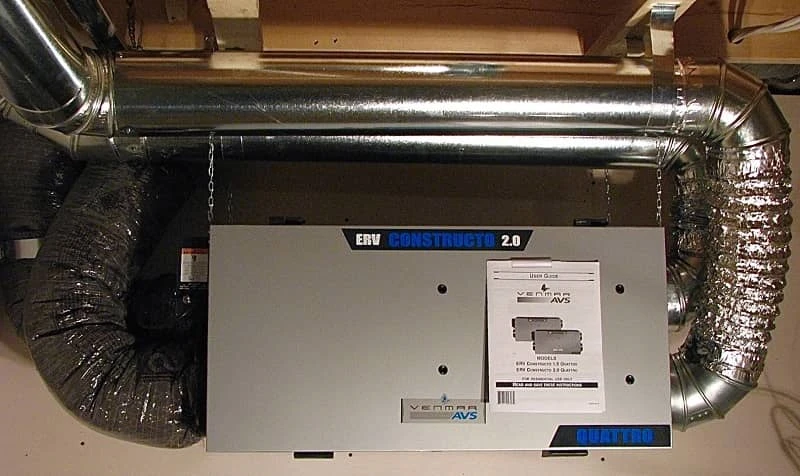
Sometimes it isn’t enough to let fresh air into a room and nothing else. This is especially true if there is a lot of stale air in a room that regularly interferes with fresh air that comes into a room. Heat recovery ventilation will solve this problem. It solves this problem by acting as an extra layer of air ventilation. This removes anything and everything that can pollute the air: toxins, germs, pollen, and other pollutants that can “infect” the air of any given room. Any room that is cluttered or crowded will benefit greatly from heat recovery ventilation. Fresh air and stale air can interfere with each other a lot in these kinds of environments, and heat recovery ventilation may be the method that solves your ventilation issues in these kinds of environments.
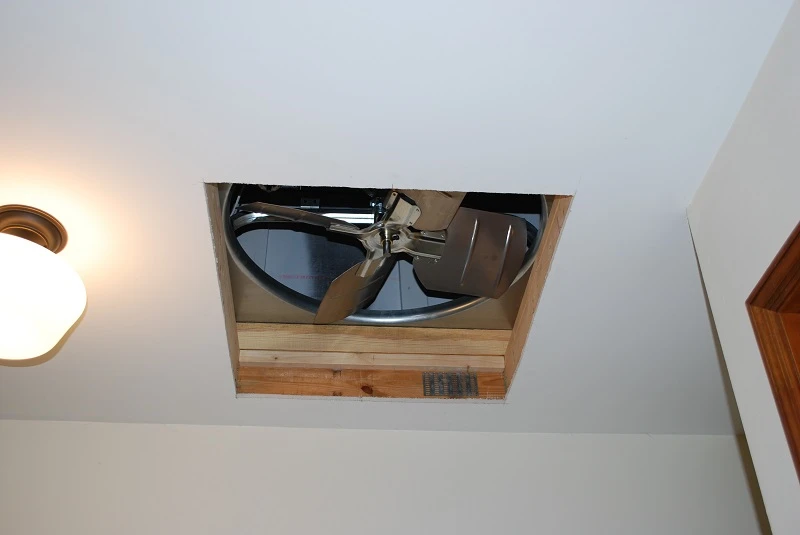
Remember that the only real function of fans (as well as air conditioning units) is to circulate air. What, then, is a fan that ventilates air? That would be a whole home fan, which are also known as exhaust fans. If your building contains an attic, you will need a whole home fan. Only being able to operate when windows are open, they will pull in fresh air from outside to purify air that might be polluted inside. Whole home fans also possess the ability to cool a room just like any other air conditioning unit can.
The problem with whole home fans is that they are not cheap. The units are not cheap and they use a lot of energy and power. However, if you are having a lot of ventilation issues that can be traced to the attic, they are a necessity.
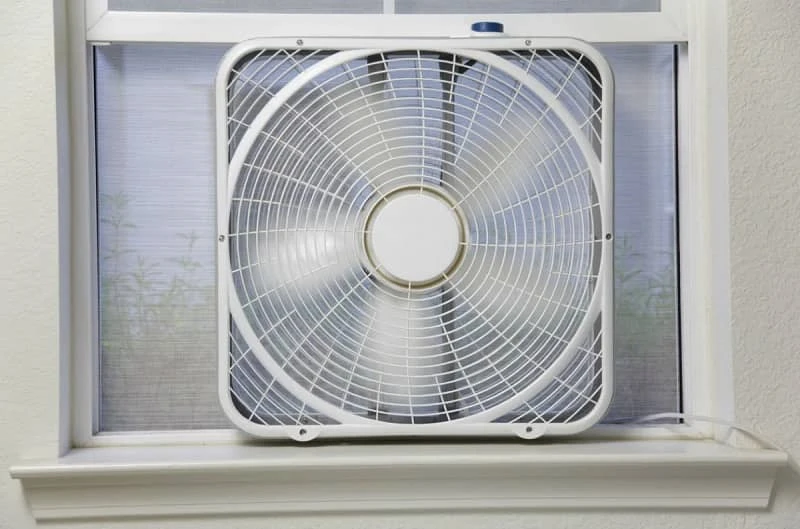
One thing you should have noticed as these types of ventilation are being analyzed is that they all revolve around one theme: Letting stale air out of a room and letting fresh air in. Individual room fans do just this, and they do it at a much lower cost than whole room fans. Most of the portable ones may not do this perfectly and tend to circulate air more than ventilate, but a lot of mounted individual room fans are able to change airflow to assist in getting stale air out of a room. This is especially true when it comes to window air conditioning units, as most of them can be set to a “vent” function that can pull fresh air from outside into a room that needs to be ventilated. Although they are technically considered whole home fans, exhaust fans that can be installed in any given room also count as individual room fans, since their purpose is to provide ventilation to those particular rooms and particular rooms only. These are just the four most common types of ventilation. There are many more, but most of those other methods are typically nothing more than variations of these four.
Read More About: Modern Kitchen Window Ideas
As you can see, there is more than one way to take stale air out of a room or automobile and replace it with fresh air, which is the major function of ventilation. By using individual room fans, whole home fans, wind ventilation, and heat recovery ventilation, you can decisively solve most of your ventilation issues. One of the most efficient ways to achieve optimal ventilation is to understand which method of ventilation will save the most energy and provide the most ventilation. To do this, you should detect which rooms are in need of ventilation the most. After doing that, determine which kind of ventilation you think would be best for the room, then select which method of ventilation would work the best. There is a method of ventilation available for any kind of room. If you know which method is the most optimal, you should have no problem making sure every room that needs to be ventilated does get ventilated.

About Kimberly Hill
Now it is just me, Kimberly Hill living in New York city, N.Y.
Loves to blog about various aspects of life that matter most.
Received the BA degree in Art History from Stanford University of California.
 |
 |
 |
 |
Popular Posts